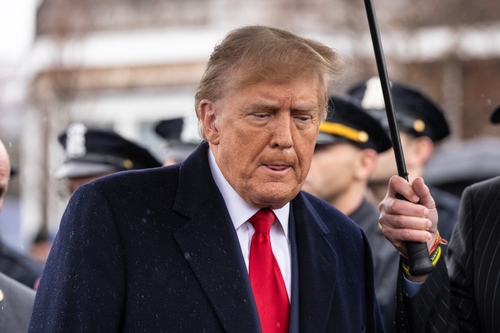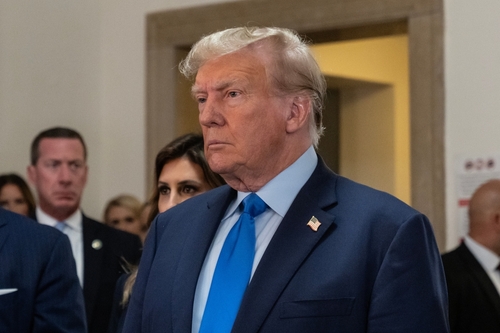A new chapter in national defense strategy unfolds as President Donald Trump introduces the Golden Dome missile defense system, echoing Israel’s iconic Iron Dome.
At a Glance
- Golden Dome aims to protect the U.S. from modern aerial threats.
- The initiative is inspired by Israel’s Iron Dome.
- Funding to come from reallocating savings in healthcare programs.
- Lockheed Martin is behind the project’s development.
Trump’s Ambitious Defense Strategy
President Trump has unveiled plans for a new U.S. missile defense system, calling it the “Golden Dome.” This proposal, inspired by Israel’s Iron Dome, seeks to address the increasing threats from modern aerial weaponry. Trump’s proposal comes amidst his claim that although the international climate is perilous, global security has improved since previous administrations. The project’s proposed funding would involve reallocating potential savings from Medicaid, Medicare, and pharmaceutical deals.
Already, an executive order signed in January has given a contractual nod for the development of the Golden Dome, which aims to outpace emerging threats like hypersonic missiles and drone clusters. Trump’s administration is leveraging previous defense infrastructure and partnerships, aiming for defense advancement akin to the legacy of Ronald Reagan’s Star Wars initiative. This move is a direct pointer towards recalibrating America’s defense postures in today’s world.
Comparisons and Challenges
General Michael Guetlein of the U.S. Space Force has underscored the Golden Dome project as comparable to the Manhattan Project in scale and intricacy. Speaking candidly, Gen. Guetlein has noted the complexity of such an endeavor and the national effort needed for successful implementation. With vast U.S. territory awaiting protection, the rollout of this defense umbrella signals a significant leap forward in national security strategy.
Lockheed Martin has released promotional materials showcasing the envisioned Golden Dome system, emphasizing its potential to intercept emerging threats across the domain. The company aims to build an agile response framework to ensure national security is prioritized amidst evolving global tensions. The dual challenge, however, persists: marrying engineering prowess with speed of deployment.
Leadership in Modern Defense
Amidst the development of the Golden Dome, international allies watch closely as Israel looks to deploy its new Iron Beam laser air defense system by the end of 2025. This development promises to lower costs related to missile interception—an incremental cost-saving measure America’s defense leadership is keen to evaluate. Trump’s initiative, while grand, raises questions about collaboration with allies and international defense dynamics.
The successful implementation of the Golden Dome defense system could pivotally redefine global security frameworks and America’s defensive stance. As nations adapt to shifting military technologies, the United States now stands on the cusp of ushering a new era defined by elite strategic and innovative defense architectures.






